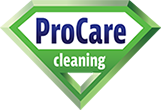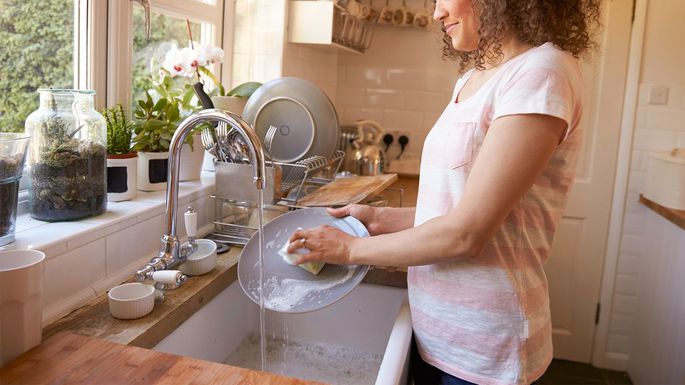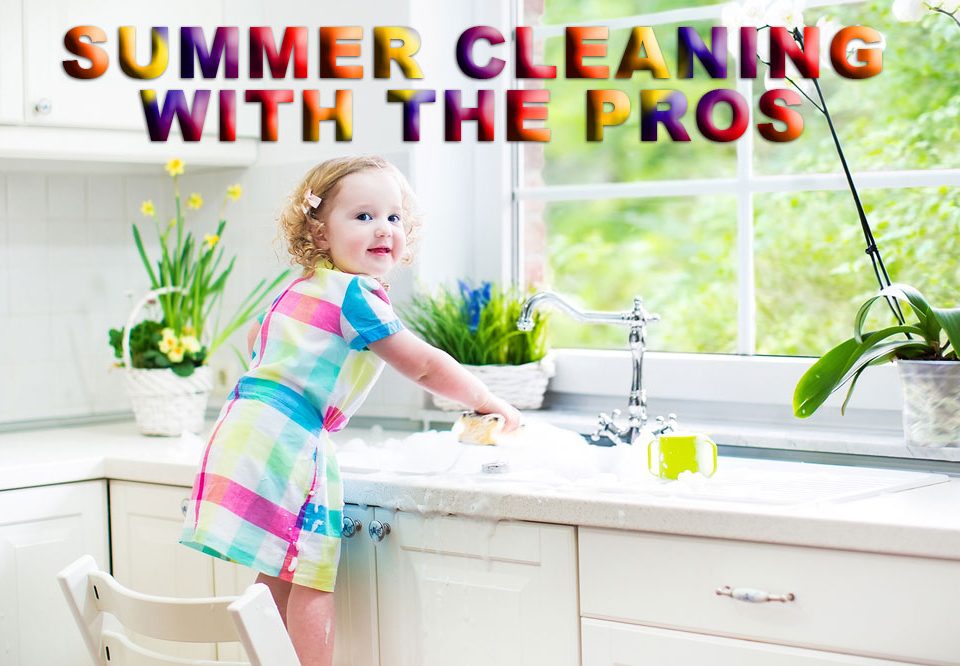- Give Us A Call!
- (360) 448-2271
9 Cleaning Myths That Could Be Wrecking Your House

THE 12 STAINS OF CHRISTMAS – AND HOW TO GET RID OF THEM!
December 3, 2018
Wall To Wall Cleaning With Kids (The Struggle Is Real)
March 4, 2019Urban myths live forever on the internet. Enter your PIN backward at an ATM and you’ll summon the police! (Cool, but not true.) The cast of “Friends” is in talks for a reunion! (For the millionth time, this ain’t happening.) Actual sharks were caught up in Hurricane Irma! (No.) With such rampant lies in mind, is it any surprise that some of the housecleaning myths you read online are equally fake?
Put aside the bleach. Step away from the coffee grounds. And read on to uncover some of the biggest cleaning myths that could be doing more harm than good in your house.
1. Bleach is the best cleaner for your bathroom
“Bleach does not clean anything,” says Leslie Reichert, cleaning coach and author of “The Joy of Green Cleaning.”
“It does disinfect, but before you can disinfect a surface, you have to clean it with something that will lift off the dirt,” she advises. (Imagine trying to clean muddy feet with hand sanitizer, and you get the idea.)
Wipe down your bathroom with your choice of household cleaner, then you can disinfect with a diluted bleach solution, Reichert says.
What about those combo bottles of household cleaner + bleach? They’re OK, Reichert says, but less efficient.
“An item with bleach in it will probably kill some of the germs but will actually be diluted with the cleaning agent, so my personal opinion is that it’s not going to do a quality job,” she says.
“Remember, the bleach has to stay on the surface for 10 minutes to kill germs, so washing with a cleaner that has bleach in it is like trying to add hair color to your shampoo.”
2. Washing machines clean themselves
We hate to be the bearer of bad news, but it just isn’t so.
“This is a common misconception, because the purpose of a washing machine is to clean things, but they do need to be cleaned, too,” says Debra Johnson, home cleaning expert at Merry Maids.
“Many people leave their clothes in the washing machine long after the cycle’s done running, which can cause a musty smell that’s then transferred to your clothes,” she explains.
Even if you’re not guilty of that, you should still run a cleaning cycle every month to maintain your washer’s functionality and keep it smelling fresh. If your machine doesn’t have a special cycle, add a half-cup to 1 cup vinegar and 1 cup baking soda to the detergent dispenser and run a normal small cycle with hot water, Johnson advises.
3. Polish is the best way to care for wood
Commercial polishes contain a host of different ingredients, from the recognizable (beeswax) to the huh-what’s-that (polydimethylsiloxane). The good news: They shine up your wood. The bad: They can also leave a waxy buildup. So it’s lucky that you don’t really need polish.
“Most wood furniture has a finish that seals the wood, and really just needs to be kept clean and free from dust and dirt,” Reichert says.
All you need is a damp microfiber cloth. Its tightly woven fibers trap dirt without the need for an additional cleaner.
4. Too much vacuuming ruins your carpets
This myth was likely started by someone looking for a way to get out of cleaning carpets. But the truth is, “dust and dirt that gets down into the base of a carpet can do more damage than a vacuum,” Reichert says.
Of course, you will need to use care when vacuuming delicate floor coverings such as Oriental rugs and handmade carpets. And you should never leave your vacuum in one spot too long.
“The constant beating can heat up the fibers, cause them to melt, and leave a burn mark,” Reichert says.
5. Coffee grounds are a great way to clean your garbage disposal
Legend has it that coffee grounds can deodorize and clean unidentified gunk off the blades of your garbage disposal. Alas, you’re better off using it as compost in your garden.
“The grounds often clog up the drains and pipes,” Johnson warns.
A better way to clean that’s still natural: Place two to three small lemon, lime, or grapefruit slices in the garbage disposal, then turn it on and rinse with warm water, she advises. (Don’t use the full fruit—just the peels.)
Fresh out of citrus? Run warm water in your sink while pouring a half-cup baking soda down the drain.
6. Mopping just pushes dirt around
Reichert admits she’s not a fan of brooms, but don’t dis mops—so long as you invest in one made of high-quality microfiber.
“It picks up the dirt and holds onto it,” she explains. “There’s no cross-contamination because once the mop head’s dirty, you remove it and put on a clean one.”
Compare that to a traditional mop, where you’re basically “mopping up dirt, rinsing it in dirty water, then spreading that water all over the floor,” Reichert adds.
7. Hand-washing dishes is more effective than a dishwasher
Sorry to burst your soap bubble, but no matter how much time you spend scrubbing dishes, you’re still no match for a dishwasher. Its water temperature is much hotter, the dishes are exposed to soap longer, “and if you use a ‘drying cycle,’ you’re also sanitizing your dishes,” Reichert points out.
8. You need specialized cleaning products for every job
While the shelves of cleaning supplies at your grocery store certainly make it seem that way, you don’t really need an army of bottles under your kitchen sink.
“I’ve found that I just need an all-purpose cleaner for tough jobs and a few high-quality microfiber cloths,” Reichert says. These cloths get high marks because they contain millions of tiny, plastic fibers which easily trap dirt and even bacteria.
9. Washing clothes in cold water doesn’t get them clean
Busted! Why is this myth, well, a myth? For starters, the detergent, not the water, has the biggest effect on how clean your laundry comes out, Johnson says.
And, in fact, cold water is typically better for washing clothes than hot.
“Cold water preserves clothes both in quality and color better than hot water, which can also cause certain types of stains to set in the fabric,” she says. And to top it off, using cold water saves you energy, so it’s a win all around!




